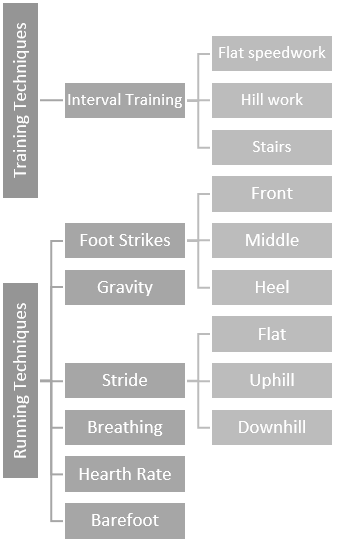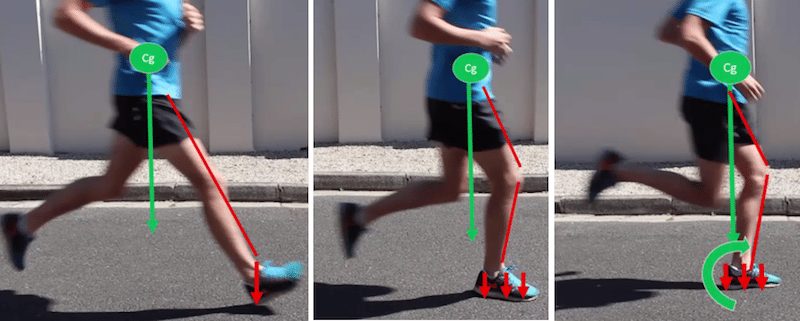Running Techniques
Episode #3 of the course “Ultimate Guide to Running” by Matthew Henshall
Running techniques can be split into two main fields. That is i) training techniques, and ii) purely running techniques.

We are only going to focus today on training techniques. There is a huge amount of value to be gained from running techniques, but we need to go into detail here and cannot afford to simply skim over this section. Make sure you research further where needed.
Interval training
Interval training is one of the most important and effective things you can do to improve your running. The beauty of interval training is that a fast runner and a slow runner can train together in relatively close proximity, urge each other on, and both push themselves equally hard.
Interval training is intended to increase your speed, decrease your recovery time, and often increase your strength. Interval training is all about short, quick reps focusing on building endurance and speed. It is intended to make you feel relaxed at a faster pace and give you more strength while climbing hills.
Hill work
Hill interval training helps you to get stronger running up AND down hills. It is also something great to do if you are strapped for time. If you only have 30 minutes to run, you can do a 10-minute warm up, 15 minutes of hills, and a 5-minute cool-down, and that can be more than enough for the week. The first thing you need to do is find some hills. I recommend finding three types of hills:
Speed work (flats)
If you are totally new to the idea of speed work, do not fear—it is an exciting aspect of running that really gets the heart beating. Again, start slow.
1. First, know that speed work is a bottom-up process. Do you want to run a faster marathon? Well, you have to run a faster half-marathon, 10km, and 5km first. So 5km is exactly where we are going to start.
2. Figure out where you are. What is your current marathon, or half-marathon, or 10km time? What does that translate into for a 5km time? You need to know your current 5km time.
3. Figure out what your goals are. If you want to run a faster marathon, figure out what you need to be running your 5km at to achieve that goal. If you want to shave 8 minutes off your marathon, that’s at least 1 minute off each of your 5km.
4. Create a plan. That’s what we are here for! This plan is going to be split into Part A and Part B. Part A is all about getting faster, and Part B is all about running farther faster.
A. Alternate weekly between 4x1km and 6x1km @ 2 minutes rest. Make this 1km time 2-5 seconds faster than your current 5km per kilometer time. Increase your speed by 2-5 seconds every month. Make adjustments for miles (e.g., 3x1mi and 4x1mi).
B. Alternate between 6x1km and 8x1km @ 2 minutes rest every week. The goal here is to decrease your rest period by a couple of seconds every week.
Tasks
• If you have never done speed work, warm up properly and do a 3x20sec @ 90% effort session at the end of your next run. Don’t pull anything!
Recommended book
Share with friends


